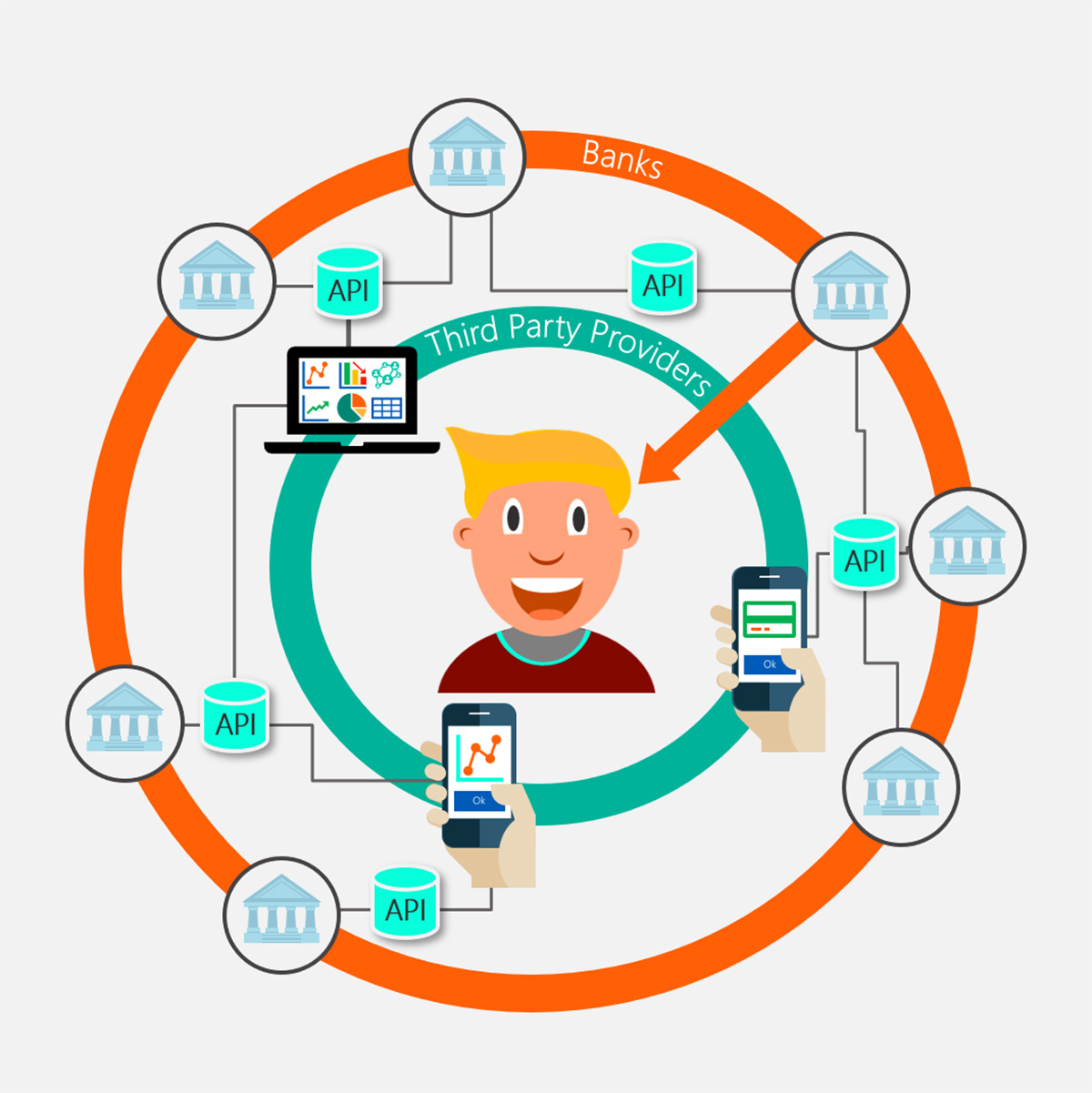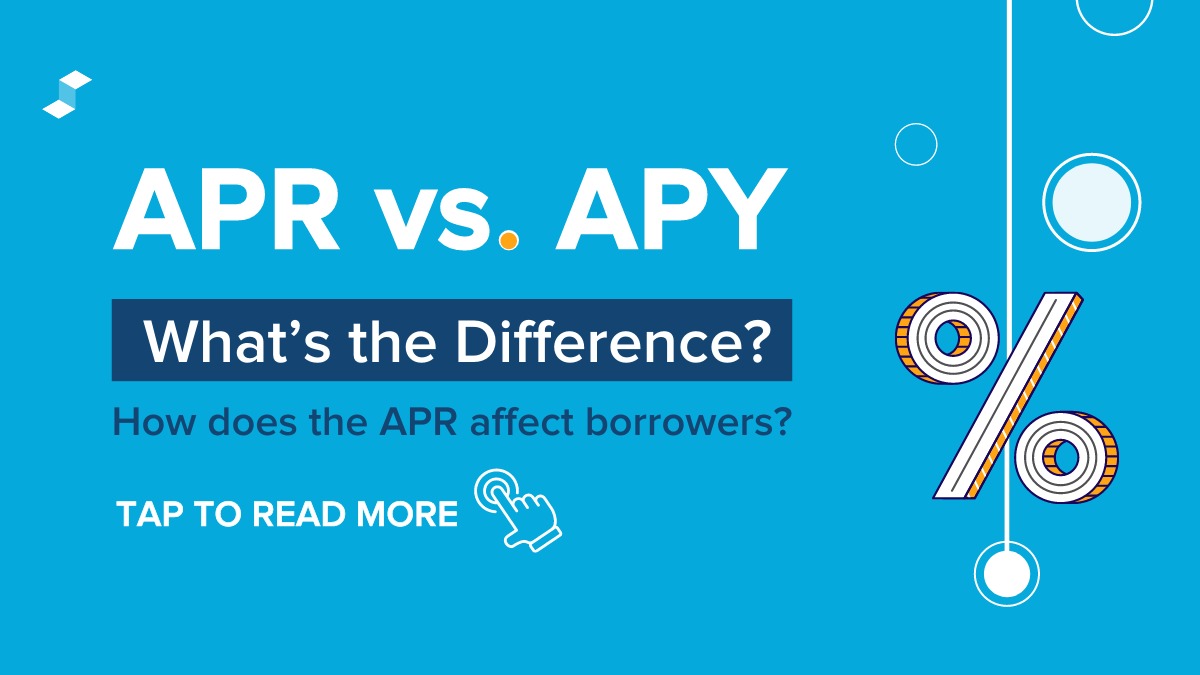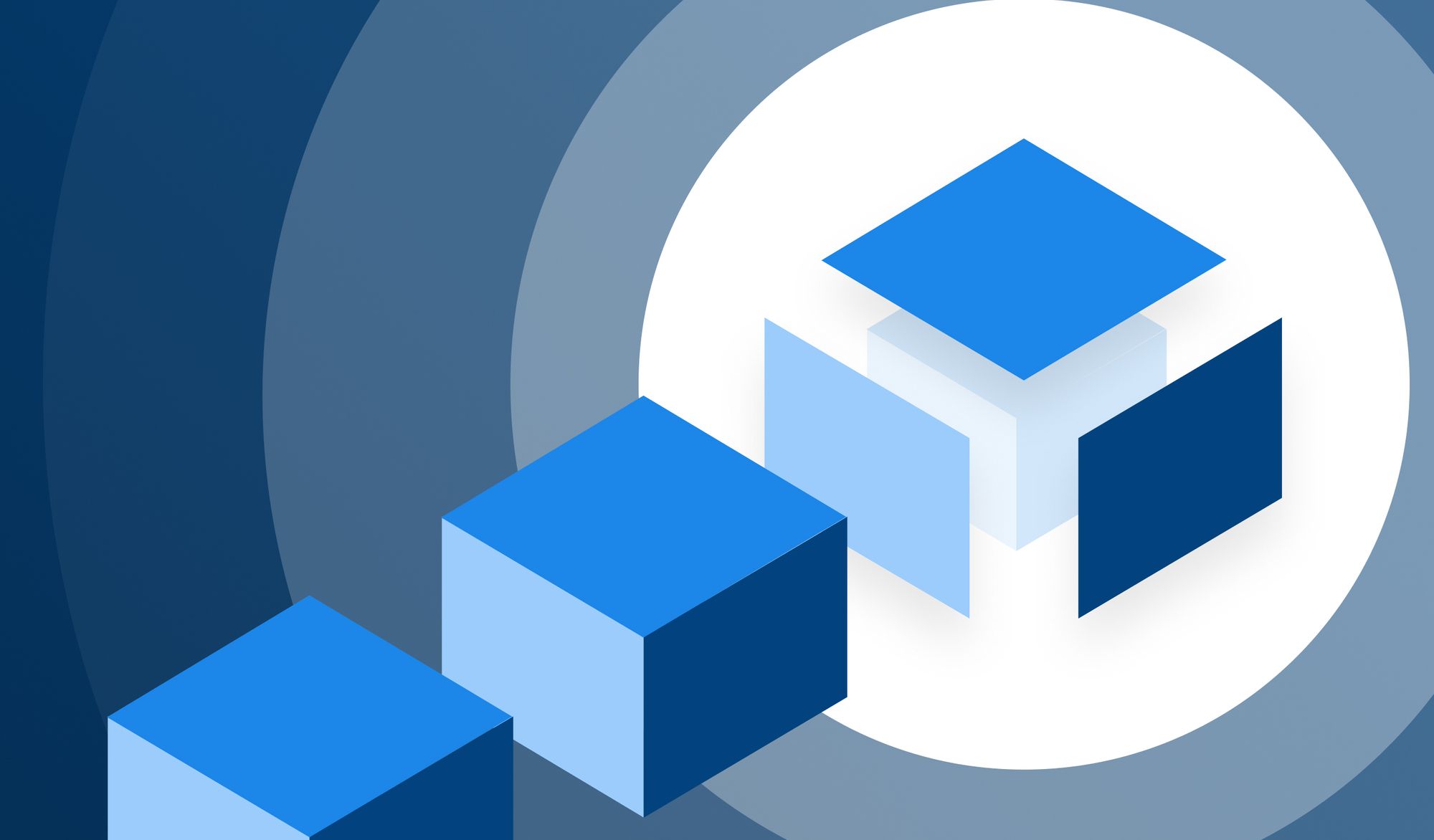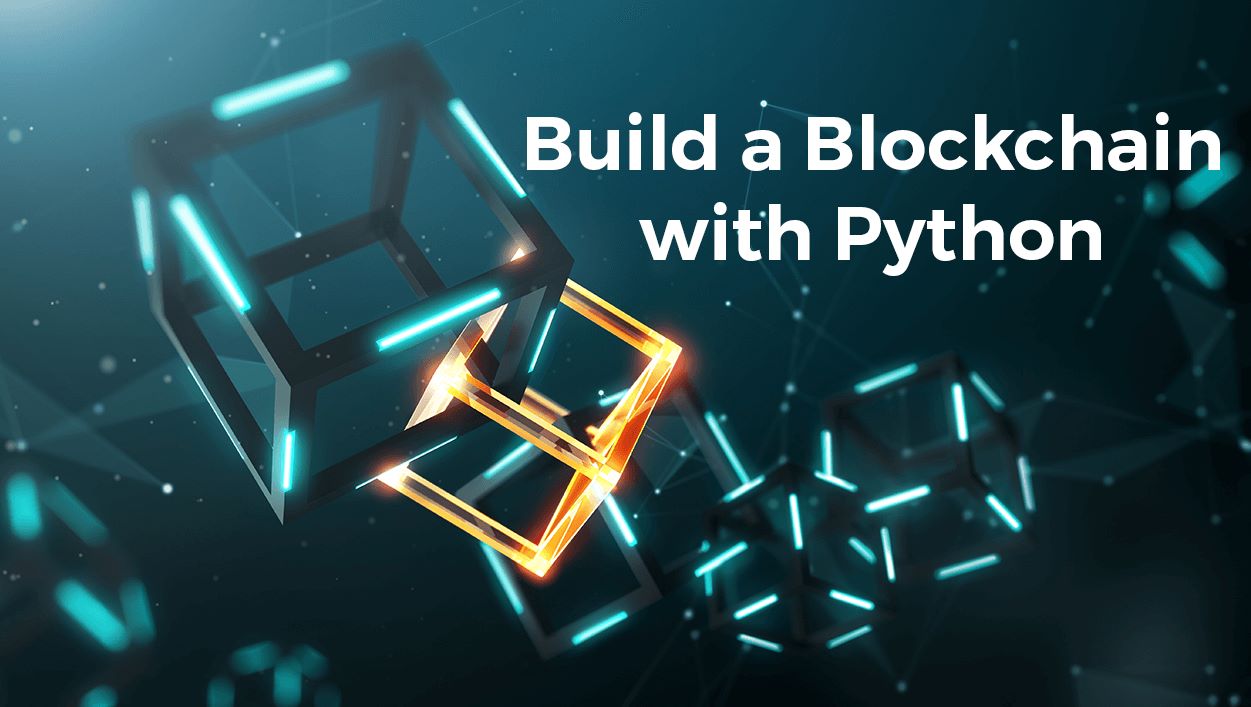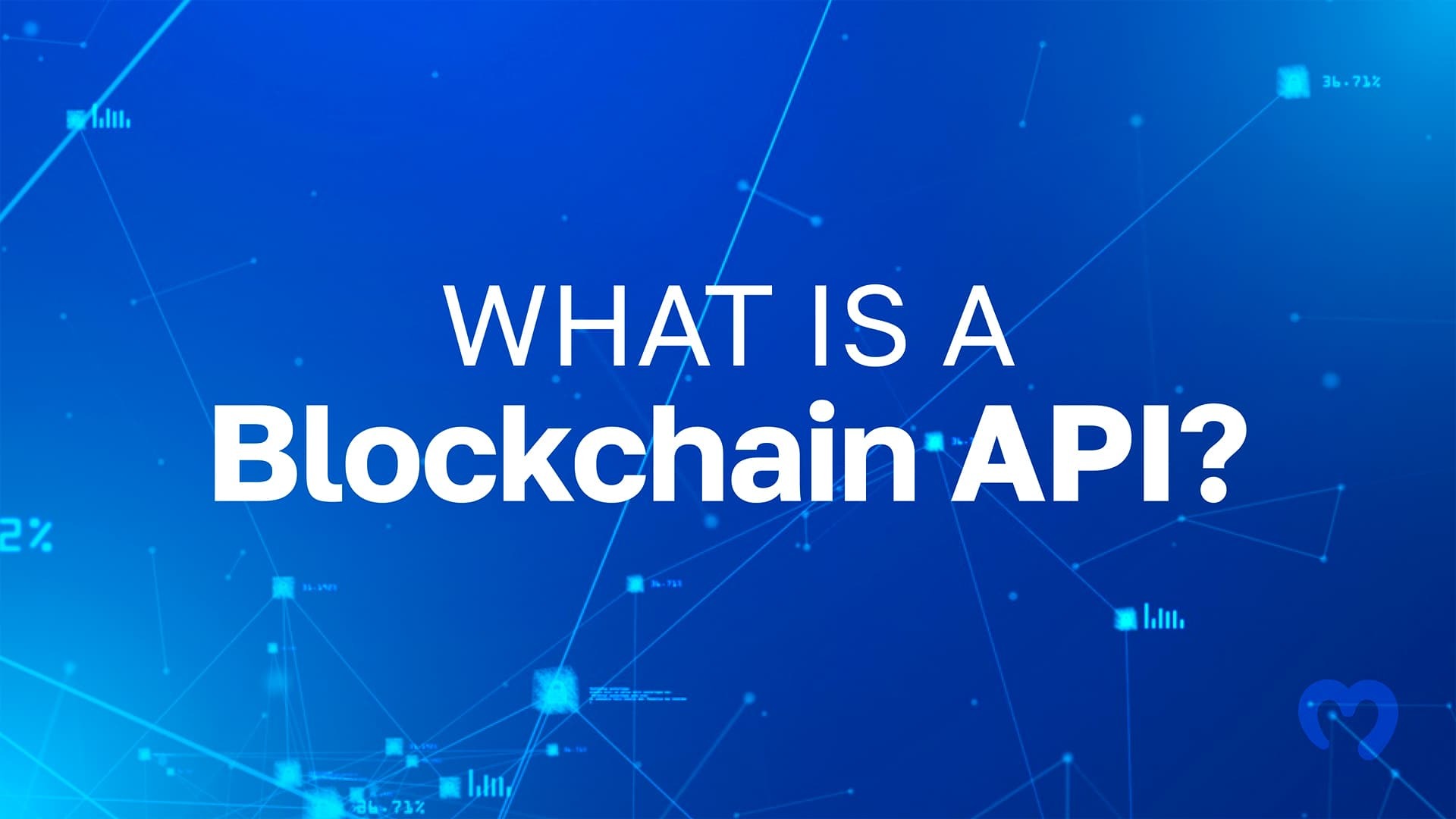

Finance
What Is Blockchain API
Published: October 23, 2023
Discover how blockchain API revolutionizes the finance industry. Learn about its benefits, features, and applications for seamless financial transactions.
(Many of the links in this article redirect to a specific reviewed product. Your purchase of these products through affiliate links helps to generate commission for LiveWell, at no extra cost. Learn more)
Table of Contents
Introduction
Welcome to the dynamic world of blockchain technology and its application programming interfaces (APIs). In recent years, blockchain has emerged as a revolutionary solution with the potential to transform numerous industries, including finance, supply chain, healthcare, and more. As businesses strive to leverage the benefits of blockchain, APIs have become an essential component for seamless integration and interaction with this decentralized technology.
Blockchain, initially introduced as the underlying technology for cryptocurrencies like Bitcoin, has evolved into a versatile platform with a wide range of applications beyond digital currency. It is a distributed and immutable ledger that records transactions across multiple computers, providing transparency, security, and trust without the need for intermediaries.
APIs, or Application Programming Interfaces, are a set of protocols and tools that enable different software systems to communicate and interact with each other. They define the rules for how software components should interact, allowing developers to access and integrate external services or functionalities into their own applications.
A Blockchain API combines the power of blockchain technology with the flexibility and convenience of APIs. It allows developers to interact with blockchain networks and perform various operations, such as retrieving information, submitting transactions, and managing blockchain assets.
Blockchain APIs offer a wide range of features and functionalities, making them a valuable tool for businesses looking to harness the power of blockchain technology. By using blockchain APIs, developers can build innovative applications, streamline business processes, and unlock new opportunities.
In this article, we will explore the key features of blockchain APIs, the benefits of using them, common use cases in different industries, and considerations for choosing the right blockchain API for your business needs. Whether you are a developer looking to integrate blockchain functionality into your application or a business owner seeking to leverage the advantages of blockchain technology, this article will provide you with valuable insights and guidance.
What is Blockchain?
Blockchain is a decentralized and transparent technology that allows the secure and immutable recording of transactions across multiple computers or nodes. It was initially introduced as the underlying technology for cryptocurrencies like Bitcoin, but its potential goes far beyond digital currencies.
At its core, a blockchain is a digital ledger that records a series of transactions in a chronological order. However, what sets it apart from traditional ledgers is its decentralized and distributed nature. Instead of relying on a central authority, such as a bank or government, the blockchain is maintained by a network of computers or nodes spread across the globe.
Each transaction that occurs on a blockchain is grouped together in a block. Before a block is added to the chain, it goes through a process called validation, where it is verified by the network of computers. Once validated, the block is added to the chain in a way that ensures its immutability. This means that once a transaction is recorded on the blockchain, it cannot be altered or tampered with.
One of the key features of blockchain technology is its transparency. Every participant in the network has access to the same copy of the blockchain, which means that any changes or updates are visible to all. This transparency brings increased accountability and reduces the risk of fraud or manipulation.
Another important aspect of blockchain technology is its security. The decentralized nature of the blockchain, combined with advanced cryptographic algorithms, makes it highly resistant to hacking or unauthorized access. The data stored on the blockchain is encrypted and distributed across multiple nodes, making it extremely difficult for malicious actors to alter or compromise the information.
Blockchain technology also offers a high level of trust and reliability. As transactions are recorded on a distributed ledger, there is no central point of failure. This means that even if some nodes in the network go offline or are compromised, the blockchain continues to function and maintain the integrity of the data.
Overall, blockchain technology has the potential to revolutionize various industries by providing increased security, transparency, and efficiency. It can be used for a wide range of applications, including financial transactions, supply chain management, digital identity verification, smart contracts, and more. As the technology continues to mature and evolve, it is expected to have a profound impact on how businesses operate and how we interact with digital systems.
Understanding APIs
In the realm of software development, an API, or Application Programming Interface, is a set of rules and protocols that allow different software applications to communicate and interact with each other. APIs define how software components should interact, specifying the types of requests and responses that are accepted and expected.
APIs play a crucial role in enabling integration between different systems, allowing developers to leverage the functionalities of external services or applications within their own software. By using APIs, developers can save time and effort by not having to build every functionality from scratch, and instead, they can access pre-built functionalities provided by other API providers.
APIs typically provide a level of abstraction, hiding the complexities and inner workings of the underlying system or service. This abstraction allows developers to interact with the functionality provided by the API in a simplified and standardized manner. It also ensures that changes or updates made to the underlying system won’t impact the way developers interact with it through the API.
APIs can be classified into different types based on their functionality and purpose. Some common types of APIs include:
- Web APIs: These APIs enable communication and data exchange over the internet by using standard web protocols such as HTTP. Web APIs are commonly used to retrieve or manipulate data from remote servers.
- RESTful APIs: REST, or Representational State Transfer, is an architectural style for building web services. RESTful APIs adhere to the principles of REST and use standard HTTP methods such as GET, POST, PUT, and DELETE for data manipulation.
- SOAP APIs: SOAP, or Simple Object Access Protocol, is a protocol for exchanging structured information in web services. SOAP APIs typically use XML for request and response formatting.
- JSON-RPC: JSON-RPC is a remote procedure call protocol encoded in JSON format. It allows for communication between a client and a server using method calls over different network protocols.
APIs have become a fundamental component of modern software development, enabling the integration of disparate systems and services. They allow developers to leverage third-party functionality, access data from external sources, and build more powerful and robust applications. APIs are widely used in various industries, including finance, social media, e-commerce, and more.
In the context of blockchain technology, APIs provide a convenient way for developers to interact with blockchain networks and access their functionalities. Blockchain APIs enable developers to retrieve blockchain data, submit transactions, and integrate blockchain capabilities into their own applications. By using blockchain APIs, developers can harness the power of blockchain technology without needing to understand the intricacies of the underlying blockchain protocols.
What is a Blockchain API?
A Blockchain API is an interface that allows developers to interact with blockchain networks and incorporate blockchain functionalities into their applications. It serves as a bridge between the developers and the blockchain infrastructure, enabling seamless integration and interaction with blockchain technology.
A Blockchain API acts as a layer of abstraction, simplifying the complexity of interacting with blockchain networks. Instead of directly dealing with the intricacies of blockchain protocols, developers can make use of API endpoints to perform various blockchain operations, such as retrieving information, submitting transactions, and managing blockchain assets.
Blockchain APIs provide developers with a standardized and consistent way to access and manipulate blockchain data. They handle the low-level details of blockchain communication, authentication, and data formatting, allowing developers to focus on their application logic rather than the underlying blockchain technology.
Blockchain APIs typically offer a variety of endpoints that cover different aspects of blockchain functionality. Some common endpoints provided by blockchain APIs include:
- Blockchain Information: APIs can retrieve information about a specific blockchain, such as block height, transaction history, account balances, and more.
- Wallet Management: APIs allow developers to create and manage wallets for storing and transacting cryptocurrencies. They provide functionalities like generating new addresses, retrieving balances, and sending or receiving funds.
- Transaction Management: APIs enable developers to submit new transactions to the blockchain network. They provide methods for creating and signing transactions, as well as querying transaction status and details.
- Smart Contract Interaction: APIs facilitate the integration with smart contracts deployed on the blockchain. Developers can interact with existing smart contracts by invoking their methods and retrieving contract state information.
- Blockchain Event Subscriptions: APIs allow developers to subscribe to blockchain events, such as new block confirmations, incoming transactions, or contract events. This enables real-time notifications and triggers actions based on specific events.
Blockchain APIs are designed to be flexible and scalable, capable of supporting different blockchain networks, protocols, and cryptocurrencies. They provide a unified interface that abstracts away the differences between various blockchain implementations, enabling developers to build blockchain-powered applications without needing extensive knowledge of each underlying blockchain technology.
Overall, a Blockchain API is a powerful tool that empowers developers to easily integrate blockchain functionalities into their applications. It simplifies blockchain interactions, accelerates development time, and unlocks the potential of blockchain technology for various industries and use cases.
Key Features of Blockchain APIs
Blockchain APIs offer a diverse range of features and functionalities that make them a valuable tool for developers looking to leverage the power of blockchain technology. These key features enable seamless integration, efficient data retrieval, secure transactions, and more. Let’s explore some of the essential features of Blockchain APIs:
- Blockchain Interoperability: Blockchain APIs support interaction with multiple blockchain networks, allowing developers to integrate various blockchain functionalities into their applications. They provide a unified interface that abstracts the differences between different blockchains, making it easier to work with multiple blockchain protocols.
- Data Retrieval: Blockchain APIs enable developers to retrieve various types of data from the blockchain, including transaction history, account balances, smart contract information, and more. This functionality allows developers to build applications that display real-time information from the blockchain and provide users with up-to-date data.
- Transaction Management: APIs provide methods for creating, signing, and submitting transactions to the blockchain network. They handle the complexity of transaction structure, validation, and broadcasting, making it easier for developers to perform secure and efficient transactions on the blockchain.
- Wallet Management: Blockchain APIs allow developers to generate and manage wallets for storing and transacting cryptocurrencies. They provide functionalities like creating new wallet addresses, retrieving wallet balances, and sending or receiving funds. This feature simplifies the management of blockchain assets within applications.
- Smart Contract Interaction: APIs facilitate the interaction with smart contracts deployed on the blockchain. They provide methods for invoking smart contract functions, querying contract state, and retrieving events emitted by the contract. This functionality enables developers to build applications that leverage the power of smart contracts for automation and decentralized decision-making.
- Real-time Notifications: Blockchain APIs support real-time event subscriptions, allowing developers to receive notifications when specific events occur on the blockchain. This feature enables developers to build applications that respond to real-time changes in the blockchain, such as new block confirmations, incoming transactions, or contract events.
- Security and Authentication: APIs provide robust security measures to ensure secure communication between the application and the blockchain network. They employ encryption protocols, authentication mechanisms, and access controls to protect sensitive data and prevent unauthorized access or tampering.
- Scalability and Performance: Blockchain APIs are designed to handle high transaction volumes and provide reliable and responsive service. They are built to scale with the demands of blockchain applications, ensuring that developers can deliver a seamless and efficient user experience.
These key features of Blockchain APIs empower developers to build powerful and innovative applications that leverage the functionalities of blockchain technology. They simplify the integration process, enhance data retrieval capabilities, and provide secure and efficient transaction management, opening up new possibilities for various industries and use cases.
Benefits of Using Blockchain APIs
Integrating blockchain technology into business applications can bring numerous benefits, and leveraging Blockchain APIs is a key to unlock these advantages. Let’s explore the benefits of using Blockchain APIs:
- Efficient Development: Blockchain APIs simplify the development process by abstracting the complexities of blockchain protocols. Developers can save time and effort by using pre-built API endpoints to interact with the blockchain, instead of implementing all the necessary protocol logic from scratch. This results in faster development cycles and accelerated time-to-market for blockchain-powered applications.
- Seamless Integration: Blockchain APIs provide a standardized interface for integrating blockchain functionalities into applications. They offer a consistent way to interact with different blockchain networks, ensuring compatibility and seamless integration across various platforms and systems.
- Access to Blockchain Data: Using Blockchain APIs, developers can retrieve real-time and historical data from the blockchain, such as transaction details, account balances, and smart contract information. This data can be utilized to build data-driven applications, provide transparency to users, and enable advanced analytics and reporting.
- Secure Transactions: Blockchain APIs enable developers to perform secure and immutable transactions on the blockchain network. By using the built-in transaction management functionality, developers can ensure the integrity and transparency of transactions, reducing the risk of fraud and ensuring trust between parties.
- Enhanced Efficiency: Blockchain APIs eliminate the need for manual intervention in blockchain operations. By automating processes such as transaction submission, data retrieval, and smart contract interaction, applications can achieve greater efficiency and operational effectiveness.
- Cost-Effectiveness: Leveraging Blockchain APIs allows businesses to access the functionalities of blockchain technology without significant upfront investments in infrastructure and development. This cost-effective approach makes blockchain accessible to a wider range of organizations, regardless of their size or resources.
- Innovation and Differentiation: Incorporating blockchain functionality through APIs enables developers to build innovative and differentiated applications. They can leverage the unique features of blockchain, such as decentralized trust, smart contracts, and transparent transactions, to create groundbreaking solutions and gain a competitive edge in the market.
- Future-Proofing: Blockchain technology has the potential for long-term impact and growth. By utilizing Blockchain APIs, businesses can future-proof their applications and systems, ensuring they are capable of adapting to the evolving landscape of blockchain technology and taking advantage of new features and advancements.
The benefits of utilizing Blockchain APIs extend across various industries, including finance, supply chain management, healthcare, and more. With streamlined development, seamless integration, enhanced security, and cost-effective solutions, Blockchain APIs enable businesses to harness the power of blockchain technology and drive innovation and efficiency in their operations.
Common Use Cases for Blockchain APIs
Blockchain technology, combined with the capabilities of Blockchain APIs, has the potential to revolutionize various industries by providing secure, transparent, and efficient solutions. Let’s dive into some common use cases where Blockchain APIs can be applied:
- Financial Services: Blockchain APIs can be leveraged to build decentralized financial applications, such as payment gateways, remittance platforms, and cross-border transactions. By integrating with Blockchain APIs, businesses can offer faster, more secure, and cost-effective financial services that eliminate intermediaries and reduce transaction costs.
- Supply Chain Management: Blockchain APIs can play a vital role in supply chain management by providing transparent and immutable record-keeping. With Blockchain APIs, companies can track and verify the movement of goods, ensuring authenticity, provenance, and compliance with regulatory standards throughout the supply chain.
- Digital Identity Verification: Blockchain APIs can enable secure and decentralized digital identity verification systems. By storing identity information on a blockchain and using Blockchain APIs for authentication and verification, businesses and individuals can have greater control over their digital identities, reducing the risk of identity theft and fraud.
- Asset Tokenization and Management: Blockchain APIs facilitate the tokenization of real-world assets, such as real estate, art, and commodities. By representing these assets as digital tokens on a blockchain, ownership and transfer can be easily recorded and managed. Blockchain APIs provide the necessary functionalities to create, issue, trade, and track these asset tokens.
- Smart Contracts and Decentralized Applications (dApps): Blockchain APIs are fundamental in building and interacting with smart contracts, self-executing contracts with predefined conditions. Developers can use Blockchain APIs to create smart contracts and integrate them into decentralized applications (dApps), enabling automation, transparency, and trustless execution of agreements and business logic.
- Healthcare and Medical Records: Blockchain APIs can enhance the security and privacy of healthcare data, allowing patients to have full control over their medical records while permitting secure sharing with authorized parties. Blockchain APIs enable the creation of tamper-proof and auditable medical record systems, reducing data breaches and improving data interoperability among healthcare providers.
- Energy Trading and Grid Management: Blockchain APIs can revolutionize energy trading and grid management by enabling peer-to-peer energy transactions and the tracking of energy production and consumption. With Blockchain APIs, renewable energy producers can sell excess energy directly to consumers, reducing intermediaries and improving efficiency.
- Voting Systems: Blockchain APIs can be used to develop secure and transparent voting systems. By recording votes on a blockchain, the integrity and transparency of elections can be ensured, enhancing trust in the democratic process and preventing tampering or manipulation of votes.
These are just a few common use cases where Blockchain APIs can be applied. The versatility and potential of blockchain technology, coupled with the capabilities of Blockchain APIs, provide opportunities for innovation and optimization across various industries and use cases.
How to Access and Integrate Blockchain APIs
Accessing and integrating Blockchain APIs into your applications is a straightforward process that involves a few key steps. Let’s explore how you can access and integrate Blockchain APIs effectively:
- Choose a Blockchain API Provider: Start by selecting a reputable and reliable Blockchain API provider that supports the blockchain network you wish to integrate with. Consider factors such as pricing, documentation, scalability, and the range of services offered.
- Acquire API Credentials: Sign up with the chosen Blockchain API provider to obtain the necessary API credentials, including an API key or access token. These credentials will be used for authentication and authorization when making API requests.
- Review API Documentation: Thoroughly review the documentation provided by the API provider. Familiarize yourself with the available endpoints, request/response formats, authentication methods, and any specific requirements or limitations of the API.
- Integrate API into Your Application: Depending on your programming language and framework, incorporate the API into your application by making HTTP requests to the API endpoints. Utilize the provided SDKs or libraries to simplify API integration, if available.
- Handle Authentication: Include the necessary authentication details, such as your API key or access token, in your API requests to ensure secure and authorized access to the Blockchain API. Follow the authentication methods specified in the documentation, such as including the credentials in the request headers.
- Retrieve and Utilize Blockchain Data: Use the API endpoints to retrieve relevant blockchain data, such as transaction history, account balances, or smart contract details. Parse and process the API responses in your application to utilize the fetched data as needed.
- Submit Transactions: Utilize the Blockchain API’s transaction management functionality to create, sign, and submit transactions to the blockchain network. Follow the documentation’s guidance on constructing valid transaction parameters and handling the transaction lifecycle.
- Handle Errors and Exceptions: Implement appropriate error handling in your application to handle any errors or exceptions that may occur during API requests. Incorporate error handling logic to notify users, log errors, and gracefully handle any issues that arise.
- Test and Monitor: Thoroughly test your application’s integration with the Blockchain API to ensure the desired functionality and reliability. Monitor the API usage and performance to address any issues promptly and optimize the integration as needed.
It’s important to note that different Blockchain APIs may have their own specific requirements, conventions, and capabilities. Therefore, it’s essential to carefully review the API documentation and guidelines provided by your chosen Blockchain API provider for accurate integration.
By following these steps and leveraging the features of Blockchain APIs, you can seamlessly access and integrate the power of blockchain technology into your applications, enabling innovative and secure solutions for your users.
Considerations when Choosing a Blockchain API
When choosing a Blockchain API for your application, it’s essential to consider various factors to ensure that the API aligns with your requirements and provides a seamless integration experience. Here are some key considerations to keep in mind:
- Supported Blockchain Networks: Ensure that the API you choose supports the specific blockchain network you intend to integrate with. Different Blockchain APIs may have varying support for different blockchain protocols, such as Ethereum, Bitcoin, or others. Verify that the API provider offers compatibility with your target blockchain.
- Functionality and Features: Evaluate the available functionality and features provided by the Blockchain API. Consider whether the API offers necessary endpoints for your intended use cases, such as data retrieval, transaction management, and smart contract interaction. Additionally, look for value-added features like real-time event subscriptions or comprehensive analytics capabilities.
- Performance and Scalability: Assess the performance and scalability of the Blockchain API. Consider factors such as latency, throughput, and response times to ensure that the API can handle the expected transaction volumes and meet the performance requirements of your application. Look for APIs that provide reliable and responsive service to ensure a smooth user experience.
- Documentation and Support: Evaluate the quality and comprehensiveness of the API documentation provided by the vendor. Clear and well-documented APIs help developers understand integration details, available features, and best practices. Additionally, consider the support provided by the API provider, including developer forums, community resources, and responsive customer support to assist you during integration and troubleshooting.
- Security and Compliance: Security is of paramount importance when integrating with a Blockchain API. Evaluate the security measures implemented by the API provider, such as encryption protocols, access controls, and authentication mechanisms. Consider if the API supports compliance standards and regulations specific to your industry, such as data protection or financial security requirements.
- Pricing and Cost: Analyze the pricing model and cost structure of the Blockchain API. Consider factors such as subscription plans, transaction fees, and any additional costs associated with using the API. Compare the pricing with your anticipated usage and evaluate the overall cost-effectiveness of the API for your specific application.
- Vendor Reputation and Reliability: Research the reputation and reliability of the Blockchain API provider. Look for customer reviews, testimonials, and case studies to gauge the vendor’s track record and customer satisfaction. Consider factors such as the vendor’s experience, financial stability, and commitment to ongoing API improvements and updates.
- Flexibility and Customization: Consider whether the Blockchain API allows for customization and flexibility to meet your specific business needs. Look for APIs that provide configurable parameters, flexible data retrieval options, and customizable transaction structures. This allows you to tailor the integration to your unique requirements.
By carefully considering these factors, you can choose a Blockchain API that best suits your application’s needs and ensures a successful integration. It’s crucial to find the right balance between functionality, performance, security, and cost-effectiveness to maximize the benefits of integrating blockchain technology into your application.
Conclusion
Blockchain technology, coupled with the capabilities of Blockchain APIs, offers a wide array of opportunities for businesses seeking to leverage the benefits of decentralized, transparent, and secure systems. By providing a seamless way to interact with blockchain networks, Blockchain APIs empower developers to incorporate blockchain functionalities into their applications and tap into the transformative potential of this technology.
In this article, we explored the fundamental concepts of blockchain technology, the significance of APIs in software development, and the specific features and benefits of Blockchain APIs. We delved into common use cases across various industries, such as finance, supply chain management, healthcare, and more, where Blockchain APIs can bring innovation, efficiency, and trust.
When choosing a Blockchain API, it is crucial to consider factors such as supported blockchain networks, functionality and features, performance and scalability, documentation and support, security and compliance, pricing and cost, vendor reputation, and flexibility. By carefully evaluating these aspects, businesses can ensure a successful integration that meets their specific requirements and delivers value to their users.
As blockchain technology continues to evolve and mature, usage of Blockchain APIs is expected to increase, enabling even more innovative applications and disrupting traditional industries. Developers and businesses can leverage the power of Blockchain APIs to unlock new possibilities, streamline processes, enhance security, and create differentiated solutions with real-time data and trusted transactions.
In conclusion, Blockchain APIs offer a gateway to the potential of blockchain technology for businesses across diverse industries. By embracing Blockchain APIs and harnessing the power of blockchain technology, businesses can stay ahead of the curve, drive innovation, and create impactful experiences for their users in the rapidly evolving digital landscape.

